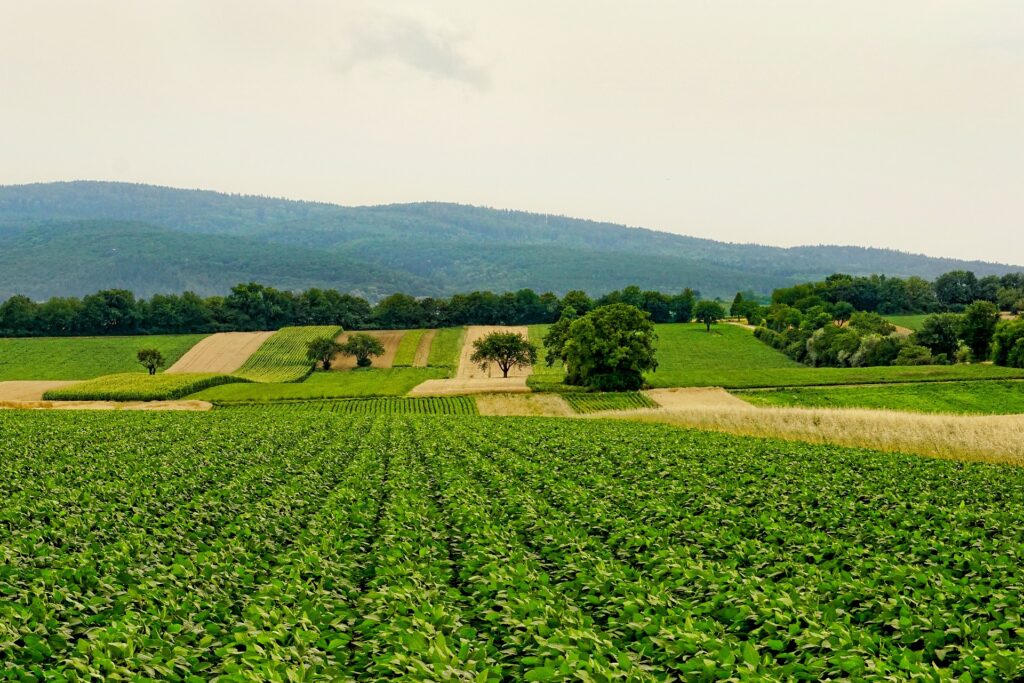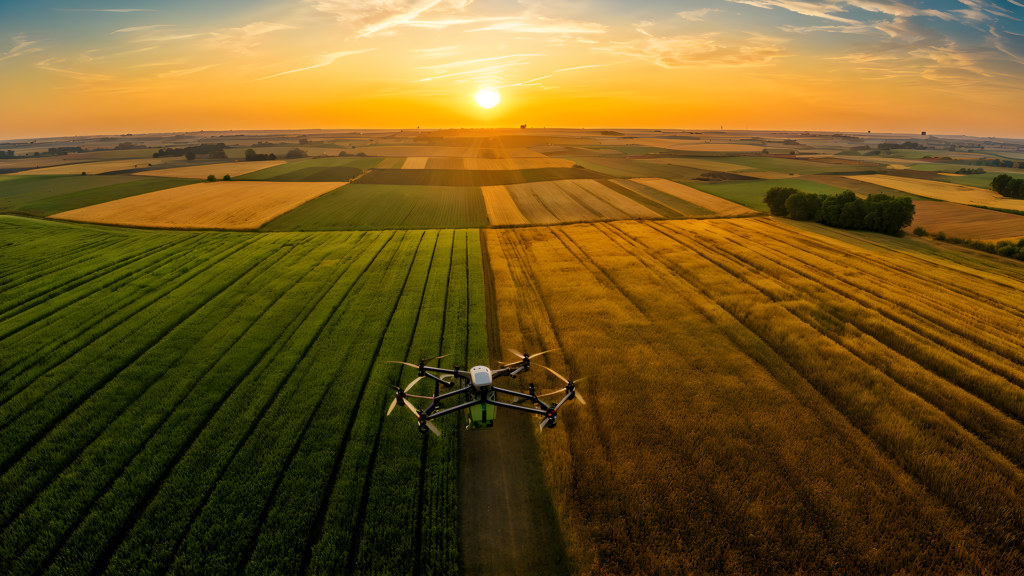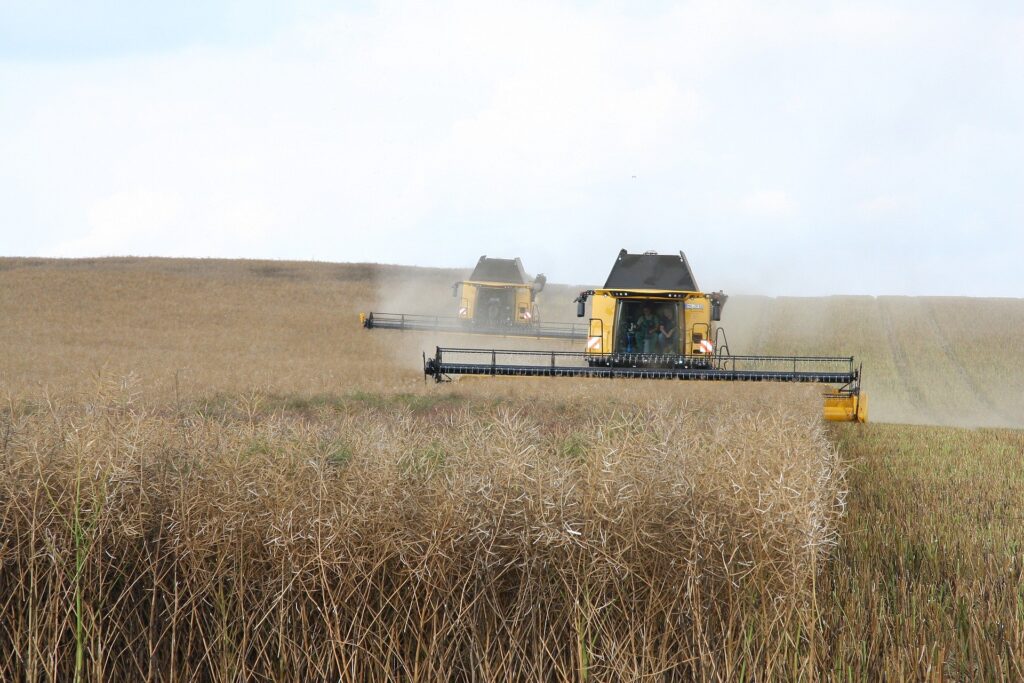Introduction
Agriculture is undergoing a significant transformation due to advancements in technology and data-driven approaches, particularly through precision farming. Traditional farming methods, which often treat large fields as homogeneous units, have proven inefficient in the face of rising global food demands and the need for sustainable practices. Precision farming, also known as site-specific crop management, offers an innovative solution to optimize the use of resources such as water, fertilizers, and pesticides by adapting to the unique conditions within different parts of a field. This approach aims to boost productivity, increase profitability, and reduce environmental impacts, marking a critical evolution in modern agriculture. This article explores how precision farming is changing the face of agriculture by leveraging technology to address global agricultural challenges.
Core Concepts of Precision Farming
Precision farming is a data-driven approach that focuses on improving farm management by collecting and analyzing information on soil, crop health, and environmental conditions. One of the core elements of precision agriculture is its ability to tailor input applications—such as seeds, fertilizers, and pesticides—based on specific conditions within a field. This stands in contrast to traditional methods that apply these inputs uniformly, often leading to inefficiencies and waste. Key technologies enabling precision farming include Global Positioning Systems (GPS) and Geographic Information Systems (GIS), which allow farmers to create detailed maps of their fields and monitor various parameters. Remote sensing further enhances the ability to assess crop conditions, detecting factors like soil moisture, nutrient content, and pest infestations. These technologies provide farmers with actionable insights, allowing them to adjust their practices in real-time, optimize resource use, and reduce environmental damage. Precision farming ensures that inputs are applied in the right amount, at the right time, and in the right place, ultimately improving decision-making and increasing farm efficiency.

Technologies and Tools in Precision Farming
Several advanced technologies form the foundation of precision farming. One of the most significant is Variable Rate Technology (VRT), which adjusts the application rates of fertilizers, pesticides, and water based on data collected from specific zones within a field. By using VRT, farmers can reduce input waste and enhance crop productivity, leading to cost savings and improved yields. Precision irrigation management is another critical aspect of this farming approach. Tools like Variable Rate Irrigation (VRI) and laser land leveling allow for more efficient water use by targeting irrigation efforts to areas that need it the most. This can result in water savings of up to 15%, which is particularly important in regions facing water scarcity. Precision irrigation ensures that crops receive the optimal amount of water, preventing over-irrigation, which can lead to waterlogging and other environmental issues. Additionally, sensor technologies play a vital role in precision agriculture. Sensors can monitor soil moisture levels, temperature, and humidity, providing real-time data to help farmers make informed decisions about when and where to apply inputs. Artificial intelligence (AI) and machine learning (ML) are increasingly being used for tasks like pest forecasting, yield prediction, and disease management. These technologies allow for predictive analytics and more efficient resource management, enabling farmers to optimize operations further.

Challenges and Benefits of Precision Farming
Despite the numerous advantages of precision farming, there are several challenges to its widespread adoption, particularly in developing countries. The initial costs of purchasing and implementing precision agriculture tools such as GPS-guided tractors, drones, and advanced sensors can be prohibitively high for smallholder farmers. Moreover, the complexity of these tools requires technical expertise that many farmers may not possess, creating a barrier to entry. Infrastructural limitations, such as poor internet connectivity in rural areas, further complicate the implementation of precision farming technologies. Additionally, access to affordable financing options remains a challenge for many farmers, making it difficult to invest in the necessary equipment. However, the benefits of precision farming far outweigh these challenges. The ability to reduce input waste by applying only the required amounts of water, fertilizer, and pesticides can lead to significant cost savings and improved profitability. Additionally, precision farming minimizes environmental impacts by reducing chemical runoff into waterways, decreasing greenhouse gas emissions, and preventing soil degradation. Moreover, precision farming helps conserve natural resources. Techniques like precision irrigation ensure that water is used efficiently, reducing waste and contributing to more sustainable agricultural practices. By optimizing resource use, precision farming not only improves farm profitability but also supports the long-term sustainability of agricultural ecosystems.

Conclusion
Precision farming represents a transformative shift in agricultural practices, offering a more sustainable, efficient, and data-driven approach to managing crops. Through the use of advanced technologies like GPS, GIS, remote sensing, and AI, precision farming allows farmers to optimize resource use, increase crop yields, and reduce environmental impacts. While challenges such as high initial costs and technical expertise barriers remain, the long-term benefits of precision farming—improved profitability, enhanced sustainability, and resource conservation—make it a vital tool for the future of agriculture. As these technologies continue to advance and become more accessible, precision farming will play a crucial role in addressing the global challenge of feeding a growing population while maintaining the health of our planet.
References
Precision Farming Changing the Face of Agriculture by Himanshu Prakash, Goldee Kumari, January 2024


